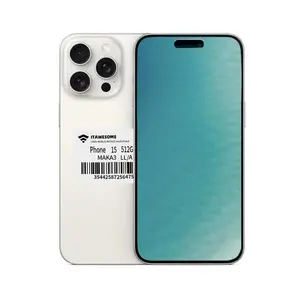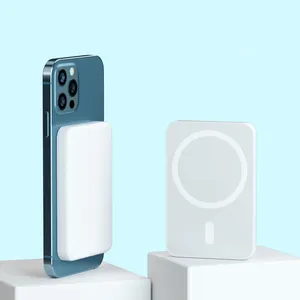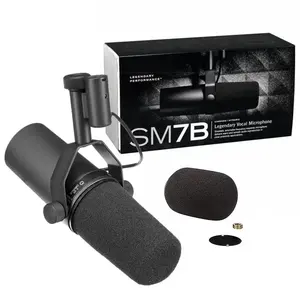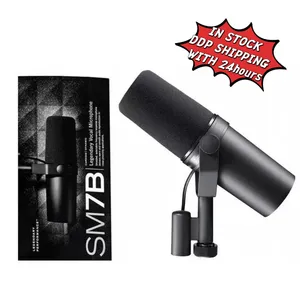Phổ biến trong ngành của bạn






Wrought sắt trang trí hàng rào trang trí thép đúc phụ kiện bên ngoài trang trí wrought sắt cổng phụ kiện
0,85 US$
Đơn hàng tối thiểu: 100 Cái







Giá tốt nhúng nóng kim loại an ninh hàng rào sắt rèn hàng rào thép mạ kẽm
29,00 US$
Đơn hàng tối thiểu: 100 Mét vuông



Sự riêng tư vườn hàng rào nhôm kim loại picket hàng rào thép trang trí wrought sắt hàng rào Bảng điều chỉnh
9,00 US$ - 23,00 US$
Đơn hàng tối thiểu: 10 Cái
Vận chuyển mỗi chiếc: 253,60 US$







Đóng Dấu Đồ trang trí cửa sắt được sử dụng cho các yếu tố cổng sắt
0,90 US$
Đơn hàng tối thiểu: 100 Cái







Chất lượng cao wroght sắt hàng rào thương mại lớp gang hàng rào nướng thiết kế vật liệu màu đen sắt chu vi thép kim loại hàng rào
25,00 US$ - 45,00 US$
Đơn hàng tối thiểu: 500 Cái
Vận chuyển mỗi chiếc: 25,00 US$






Szone Phụ Kiện Móc Chốt Treo Rèm Cửa Sổ Đa Năng Bằng Kim Loại Sắt Rèn Cổ Điển Móc Vít Buộc Dây
Sẵn sàng vận chuyển
0,02 US$ - 0,03 US$
Đơn hàng tối thiểu: 50000 Cái
Vận chuyển mỗi chiếc: 0,02 US$






Lan Can Ban Công Kính Thép Không Gỉ Lan Can Dwg Trong Ba Lan
280,00 US$ - 380,00 US$
Đơn hàng tối thiểu: 1 Bộ












Cổ công nghiệp chân bàn Ống lắp tầng mặt bích nguyên Retro đồ gỗ ngoài trời Vườn Set wrought sắt đen 50 cái/carton
Sẵn sàng vận chuyển
0,75 US$ - 0,79 US$
Đơn hàng tối thiểu: 50 Cái
Vận chuyển mỗi chiếc: 1,45 US$






Nhà Máy Giá Bán Buôn Bán Hot Trong Ba Lan Sang Trọng Rèn Sắt Cửa
40,00 US$ - 80,00 US$
Đơn hàng tối thiểu: 1 Bộ






Chất lượng cao cửa thép chính Da Ba Lan thép đơn đúc cửa thép da
5,80 US$ - 13,50 US$
Đơn hàng tối thiểu: 80 Cái






Mới Nhất Thời Trang Hàng Đầu Thiết Kế Ban Công Lan Can Kính Không Gỉ Từ Ba Lan Thép Không Gỉ Sân Thượng Sàn Lan Can Thiết Kế Nội Bộ Ca
40,00 US$ - 80,00 US$
Đơn hàng tối thiểu: 2 Mét






Ba Lan Thiết Kế Đơn Giản Lối Vào Chính Phía Trước Trở Lại Nội Thất Không Thấm Nước Sắt Rèn An Ninh Cửa Cho Phân Vùng
158,00 US$ - 160,00 US$
Đơn hàng tối thiểu: 2 Mét vuông
Vận chuyển mỗi chiếc: 29,33 US$






Ba Lan Bán Buôn Giá Rẻ Lối Vào Phía Trước Frosted Glass Sắt Đôi Cửa Sổ Nướng Trang Trí Thiết Kế Cửa Sắt
Sẵn sàng vận chuyển
240,00 US$ - 350,00 US$
Đơn hàng tối thiểu: 2 Mét vuông
Vận chuyển mỗi chiếc: 1.250,00 US$





Dễ dàng lắp ráp 10x10 feet rèn thép đen pergola tán ngoài trời Patio BBQ nướng sắt gazebo với móc
59,00 US$ - 69,00 US$
Đơn hàng tối thiểu: 10 Bộ










Hiện đại giá thấp chất lượng tốt cổ rèn sắt trang trí đường sắt rèm móc kim loại rèm móc
40,00 US$ - 42,00 US$
Đơn hàng tối thiểu: 5 Hộp các tông
Vận chuyển mỗi chiếc: 136,73 US$






Ba Lan Biệt Thự Nhà Nhà Lối Vào Khu Dân Cư Thép Phía Trước Nhập Rèn Sắt Kim Loại Chống Trộm Thép Không Gỉ An Ninh Cửa
150,00 US$ - 159,00 US$
Đơn hàng tối thiểu: 2 Mét vuông
Vận chuyển mỗi chiếc: 40,51 US$






Giá Thấp Chất Lượng Tốt Antique Wrought Sắt Trang Trí Đường Sắt Curtain Hooks Kim Loại Curtain Hooks
40,00 US$ - 42,00 US$
Đơn hàng tối thiểu: 5 Hộp các tông






Zhoulv Cửa Trung Quốc An Ninh Thép Phụ Kiện Cửa Bọc Thép Thổ Nhĩ Kỳ Nội Thất Cho Ngôi Nhà
52,50 US$ - 76,50 US$
Đơn hàng tối thiểu: 2 Cái






Đôi Cửa Khung Kim Loại Tempered Glass Nội Thất Pháp Cửa
260,00 US$ - 350,00 US$
Đơn hàng tối thiểu: 10 Mét vuông
Các danh mục hàng đầu
Giới thiệu về ba lan sắt rèn
Alibaba.com cung cấp các sản phẩm 21 ba lan sắt rèn. Có rất nhiều ba lan sắt rèn lựa chọn dành cho bạn, chẳng hạn như thép, thép không gỉ. Bạn cũng có thể chọn từ đen ba lan sắt rèn.






















